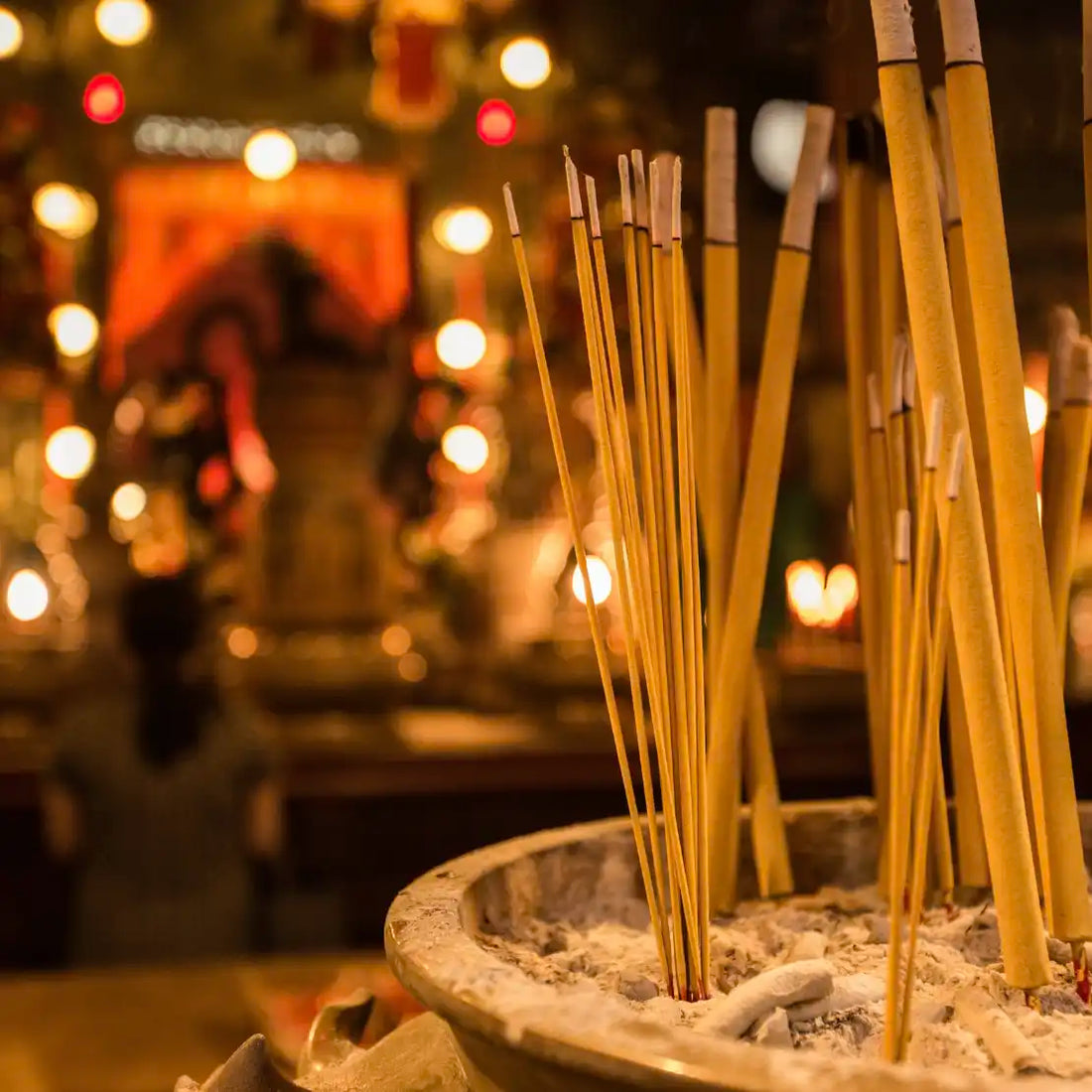
Differences Between Taoist and Buddhist Jewelry: Symbolism and Materials
Share
While Taoism and Buddhism often intertwine in Chinese cultural practice, their jewelry traditions reveal distinct preferences in materials, motifs, and spiritual expression. Understanding these differences not only enhances appreciation for traditional designs but also helps modern shoppers and collectors identify the origins and cultural roots of their accessories.
1. Preferred Materials: Wood, Jade, Metal, Stone
Taoist Jewelry:
· Wood: Especially sacred woods like peach wood (桃木), used for protective pendants
· Brass or bronze: For engraved talismans, Bagua (八卦) discs
· Jade: Often used for Yin-Yang symbols, representing balance and longevity
Taoism favors earthy, protective, and ritualistic materials, reflecting harmony with nature and elemental power.
Buddhist Jewelry:
· Sandalwood or Bodhi seeds: Used in prayer beads (mala), symbolizing enlightenment
· Gold or silver: For sacred lotus or mantra pendants, signifying purity and transcendence
· Crystal and stone: Often associated with clarity of mind and karma cleansing
Buddhist pieces tend to emphasize purification, spiritual elevation, and compassionate aesthetics.
2. Symbolic Motifs: Recognizing the Designs
Taoist Motifs:
· Bagua (Eight Trigrams): Cosmic balance and protection
· Taiji (Yin-Yang): Harmony of opposites
· Thunder, cloud, mountain patterns: Representing natural energy and celestial movement
· Talisman script: Stylized protective incantations carved into pendants
Buddhist Motifs:
· Lotus flower: Rising above suffering, spiritual awakening
· Mantras: Sanskrit characters like “Om Mani Padme Hum” on rings or discs
· Dharma wheel (法轮): The path of Buddhist teaching
· Images of Bodhisattvas or Buddhas: Used for guidance and veneration
These motifs carry different cosmologies—Taoist symbols are rooted in Dao and the Five Elements, while Buddhist symbols are centered on karma, reincarnation, and enlightenment.
3. Design Language Reflects Cultural Backgrounds
Taoist design: - Often angular, symbolic, and geometrical - Balances opposites, channels protective energy
Buddhist design: - Circular, fluid, and ornamental - Emphasizes harmony, meditation, and inner peace
Understanding the iconography helps appreciate the philosophical depth behind seemingly simple jewelry items.
